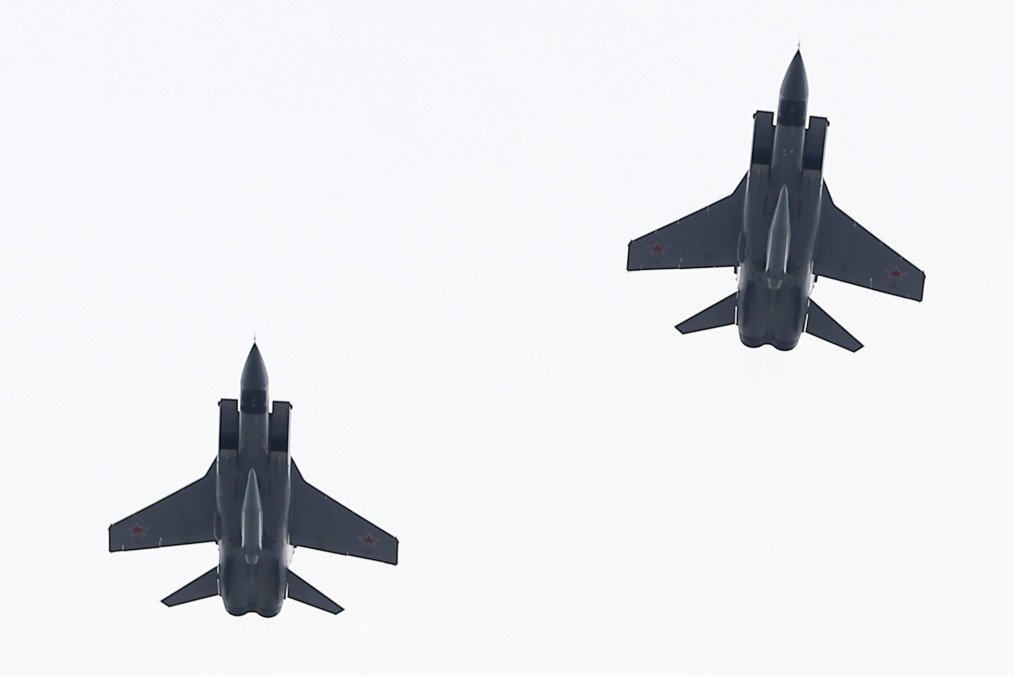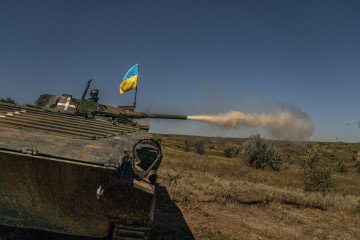- Category
- Latest news
Russia Transfers MiG-31K Fighter Jets to Belarus, Likely to Operate With "Nebo-M" Radar Station

Hennadii Khazan, president of the Ukrainian Pilots Association, stated in an interview on KYIV24 that Russian MiG-31K fighters that landed in Belarus on October 9-10 can be operated in conjunction with Russia's "Nebo-M" radar station.
“There is a high likelihood that these aircraft could be used alongside the 'Nebo-M' radar station, which requires a signal to illuminate airborne targets,” he explained.
Nebo-M is a multifunctional mobile radar system that’s designed to detect aerodynamic and ballistic objects at medium and high altitudes.
“It works in such a way that this station operates, as people call it, in stealth mode [invisibility mode], receiving signals, but it requires a signal that will illuminate the objects in the air. The MiG-31 has powerful locators that can be used for such cooperation," Khazan said.
On October 9 it was reported that the first Russian MiG-31K fighter jet, capable of carrying "Kinzhal" missiles, landed in Belarus for the first time since April 2023.
The aircraft touched down at the Machulishchy airfield, located approximately 300 kilometers from the Belarusian-Ukrainian border. On October 10, reports emerged that another fighter jet had arrived in Belarus.
Khazan emphasized that the MiG-31s are likely to be utilized alongside the “Nebo-M” radar station as Russia is no longer employing the A-50 aircraft for this purpose.
Additionally, the expert recalled that on October 3, Ukraine’s Defense Forces successfully struck a Russian "Nebo-M" radar station with ATACMS missiles. Military sources indicate that this destruction significantly impairs the Russian army's ability to detect, track, and intercept both aerodynamic and ballistic targets.
Overall, Russian forces now have only 10 operational systems of this type, each costing over 100 million dollars.


-72b63a4e0c8c475ad81fe3eed3f63729.jpeg)





-111f0e5095e02c02446ffed57bfb0ab1.jpeg)